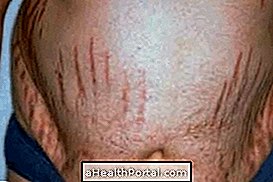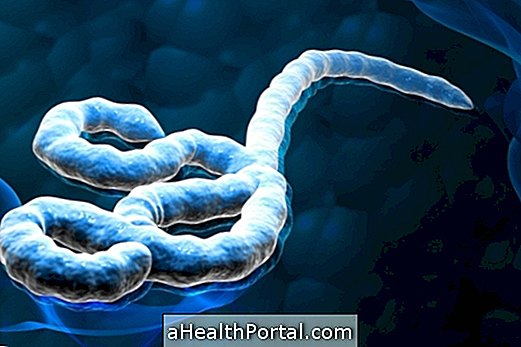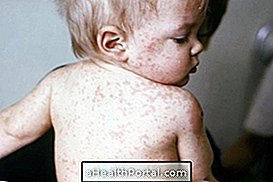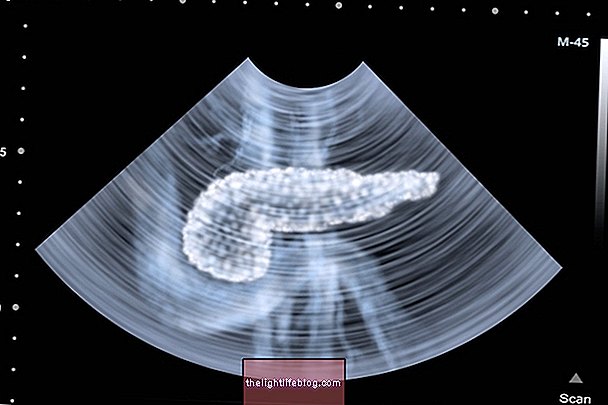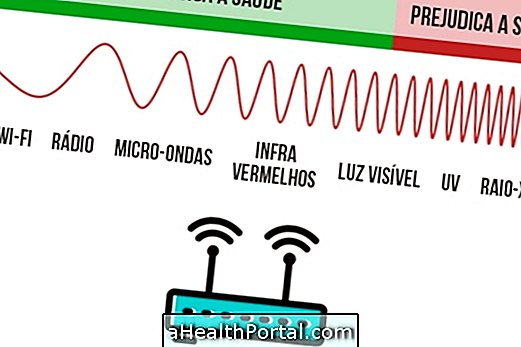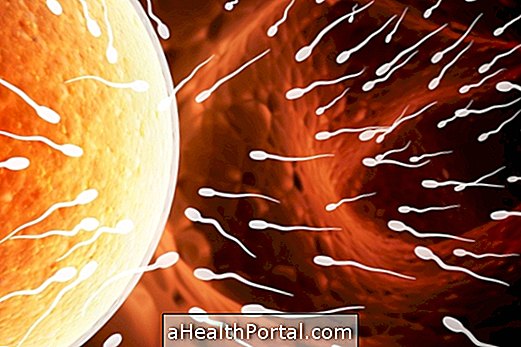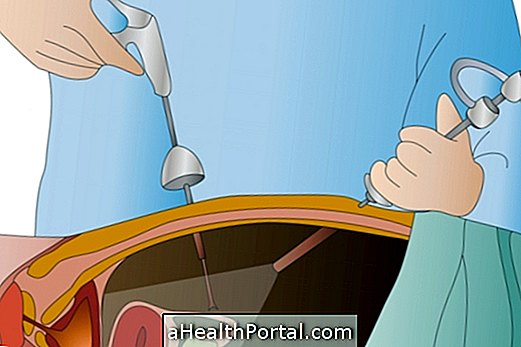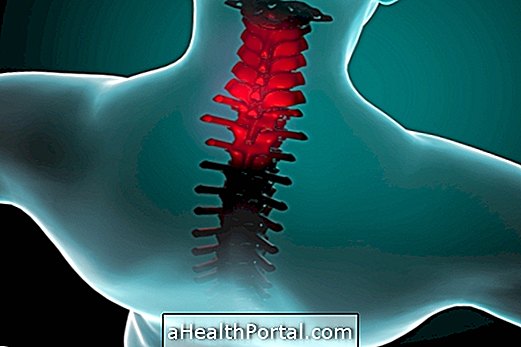Childhood uterine syndrome occurs when the uterus does not develop properly, maintaining small proportions during adulthood and may make pregnancy difficult.
The child's uterus is usually discovered in routine gynecological examinations, but there are some symptoms that may indicate the non-development of the uterus, such as delayed menstruation, absence of pubic hair, and poorly developed underarms and breasts.
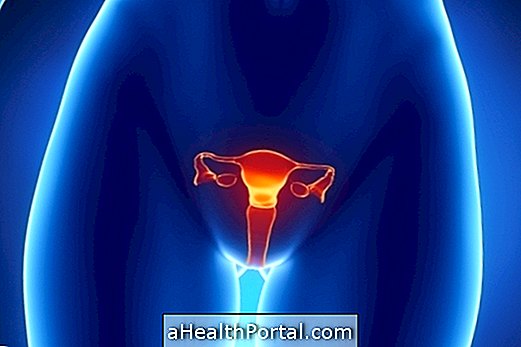
Signs that may indicate childhood uterine syndrome
Signs that may indicate that the uterus has not developed properly may be:
- First menstruation later than normal;
- Low genital organ;
- Absence of pubic and armpit hair;
- Undeveloped breasts;
- Volume of the uterus smaller than 30 cubic centimeters in adult life;
- Irregular menstruation or absence of menstruation;
- Difficulty in getting pregnant;
- Spontaneous abortions.
The first signs of sexual maturity begin around the age of 11 or 12. Therefore, a woman aged 15 years or over who still has any of the above signs may have some major hormonal changes and should go to the gynecologist for evaluation and testing.
How is the diagnosis and treatment made?
The diagnosis of the child's uterine syndrome is made by the gynecologist through imaging tests, such as pelvic or transvaginal ultrasonography, in which the size of the uterus, which in these cases is less than 30 cm, is verified.
After the diagnosis, the gynecologist initiates the treatment, which is usually done with the use of synthetic hormones capable of stimulating the development of the uterus, which can favor the woman's pregnancy if the ovaries are normal and ovulation happens correctly.

